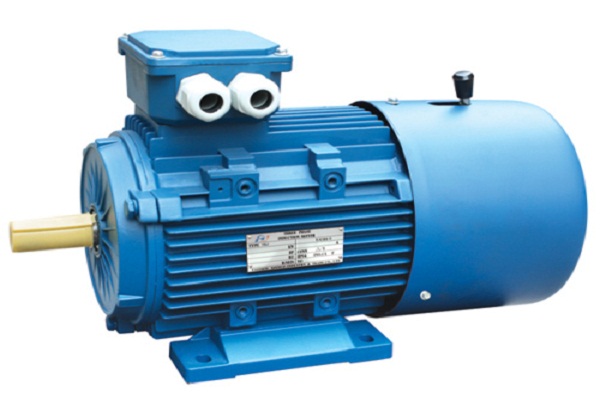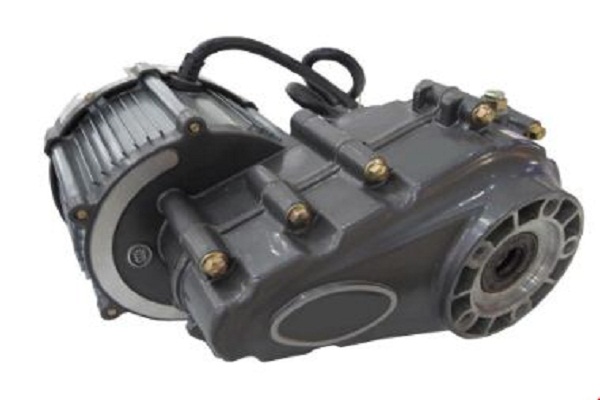The Benefits Of New AC Motors For Heavy Industry
There are two main types of motor that are used in electronic applications. They are the AC motor and the DC motor. There are then many sub-categories to be found without these two branches. AC motors offer a lot of advantage when used in the correct context. They do not demand as much power when starting up and tend to provide a controlled starting current.
They are also desirable for their controlled acceleration, adjustable operational speed, and adjustable torque. There are some different types of AC motor, included VSD and the Three Phases motor.
The VSD Motor
VSD motors are also commonly known as variable speed drive motors. These modern advancements tend to provide more features and controls for users to increase their effectiveness. That includes greater programmable logic control (PLC) functionality.
That is all great when the motor is up and running as it ensures an excellent performance with the very best technology. The only problem is that this advanced tech can be harder to deal with if there is a fault.
The Three Phase Motor

There are two main types of the motor within this AC category. There are the single phase motors and the three phase options. The latter is an attractive option in the modern industry because of the complexity of the machine and the impact on performance.
It is felt that these three phase models provide a smoother transition between power generation and distribution. They are durable and reliable enough for large-scale applications where the lighter single-phase models won’t suffice. As a result, they are the preferred option in many electrical grids.
The Benefits Of New DC Motors For Heavy Industry
All other motors that are available for industrial purposes are DC motors. This just means that they work with Direct Current rather than Alternating Current. These motors have their clear benefits when compared to the AC models. This doesn’t necessarily make them better than AC model. Instead, these benefits highlight the differences and the suitability of DC models for some areas. These motors are regarded for their user-friendly features, such as the ease of installation and quick reactions when starting and stopping. Companies also appreciate the speed controls and high acceleration. These DC motors are either brushed or brushless.
The Brushless Stepper Motor

One of the top advancement in modern brushless DC motors is the stepper. The stepper is seen as a highly useful choice for any company that wants a cheap, reliable model with a strong performance. They may not cost much, but they can still offer impressive torques for a number applications. Many say they are best used in simple open loop control systems. Others bring them in for low-cost motion control This performance is true at low speeds and start-ups, and there is a strong sense of consistency here. The durability and low maintenance mean that this is a model that can last.
The Brushed Permanent Magnet Motor
When we come to the brushed models, we see that there are even more categories to contend with. They are the series wound, shunt wound, compound wound and permanent magnet models.The permanent magnet DC motor is the one that is of most interest here because it is the most appealing modern option for modern industry. This type of motor is used in some applications.
However, the most intriguing are the use in medical diagnostics, such as tomographic systems and X-rays. Users cite some advantages as the reason for the love of this new option. They are fast, small, efficient and highly compatible with some power sources
Other Important Developments Within New Types Of Motors For Heavy Industry
It is important to look at the motors that are available by type as this help companies to find the right model for their needs. However, it is also important to look at another critical advancement in motor technology. Some new models have been developed to improve effectiveness, power efficiency, and even user safety.
High-Performance Induction Drives Motors
High-performance induction motor drives and servomotors are a significant advancement in modern motors. Their power, performance, and other beneficial features make them highly sought after.
They are found with a range of capabilities from 2.8 kW up to 1340 kW. Users tend to appreciate the smooth nature of the operation, the quick responses, and the low vibration levels. High-powered servo technology is also said to allow for greater efficiency and precision.
Flameproof Motors

The final model to consider here is the flame proof motor. As the name suggests, this option is designed for use in environments that require the best safety equipment. These models are therefore employed in situations such as chemical plants, gas works and oil refineries where the fire is a constant threat.
These explosion-protected flame proof motors are built to last in the worst of disasters and should withstand fire damage while preventing flame propagation. The very best are often made from high grade cast iron for strength and durability. The enclosures are thoroughly safety tested against hydraulic pressure and built to last.
The Range Of High-End Motors For The Modern Heavy Industry Is Impressive
The list above has shown the diversity in the types of motors that can be found in modern industry. However, these models are just some of the highlights in a vastly expanding industry. Motors are becoming safer, more consistent, more powerful and more convenient. This means there are lots of options for different fields.
